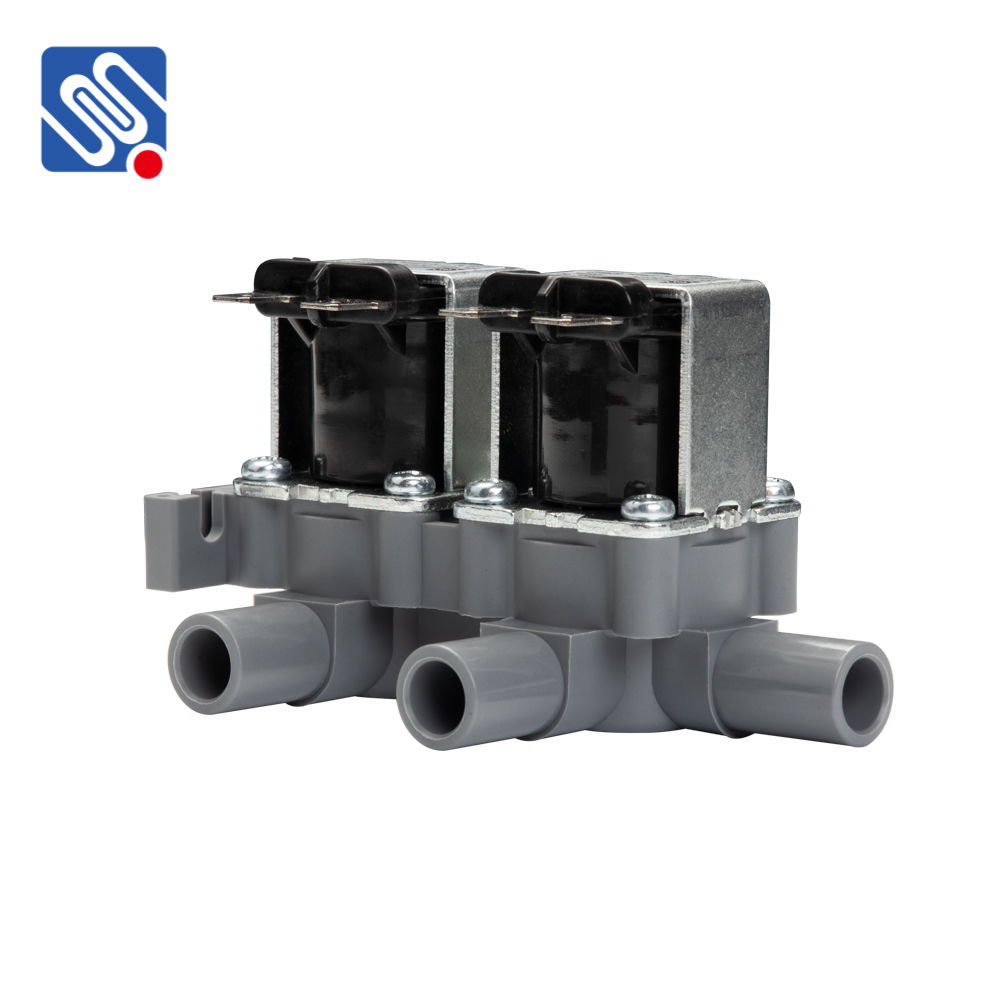A one-way solenoid valve is an essential component in various fluid control systems, particularly in industries where the regulation of gases, liquids, or steam is required. This valve is designed to control the flow direction of a fluid in a system, ensuring that it only flows in one direction and preventing reverse flow. It operates based on the principle of electromagnetism, utilizing a solenoid coil to open or close the valve, thus controlling the flow of fluids in various applications.

Basic Principles and Structure At its core, a one-way solenoid valve consists of several key components: the solenoid coil, a movable core, a spring, and the valve body with an inlet and outlet. The solenoid coil, when energized, creates a magnetic field that moves the core, either opening or closing the valve. This movement allows or restricts the passage of fluid through the valve, depending on whether the coil is energized or de-energized. The valve is often spring-loaded, which helps in returning the valve to its closed position when the solenoid is not energized. This design ensures that the valve remains closed in the absence of electrical power, offering safety and control in many systems. The one-way nature of the valve restricts the flow of fluid to a single direction, which is vital in applications that require protection against backflow, preventing damage or malfunction of the system.
Leave a Reply